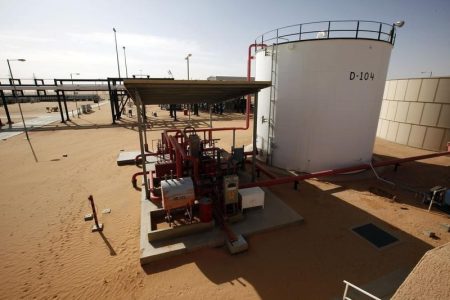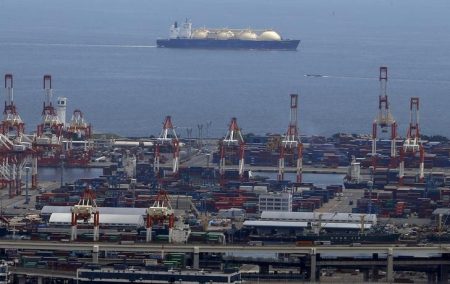Investing.com — Oil prices steadied in Asian trade on Thursday, coming under pressure from concerns over sluggish U.S. summer demand and economic weakness in China, while a recovery in the dollar also weighed.
Crude prices marked wild swings this week as markets weighed weak Chinese economic data, the prospect of more stimulus measures in the country, and mixed readings on U.S. inventories.
Prices headed lower on Thursday, after U.S. data showed that fuel demand was struggling despite the travel-heavy summer season. U.S. inventories also shrank less than expected.
futures fell 0.2% to $79.53 a barrel, while futures fell 0.1% to $75.33 a barrel by 21:13 ET (01:13 GMT). Both contracts were trading slightly lower for the week, as a three-week rally appeared to be running out of steam.
A recovery in the , from 15-month lows hit earlier in July, also weighed on oil prices, as investors positioned for a next week.
U.S. inventories shrink less than expected
Oil markets took mixed signals from data on Wednesday that showed fell by 708,000 barrels in the week to July 14, much lower than expectations for a 2.44 million barrel draw. This came after a bigger-than-expected build in crude stockpiles in the prior week.
U.S. gasoline consumption remained a key point of contention for markets, with also shrinking less than expected in the week.
Still, overall petroleum products supplied to the market rebounded from a six-month low.
The mixed inventory readings, coupled with growing risk aversion ahead of a Fed meeting, saw traders lock-in profits after crude prices hit seven-week highs earlier in July.
But analysts still posited a strong outlook for oil prices in the second half of the year, amid tightening supplies and easing pressure from interest rate hikes.
EIA sees higher crude prices in 2023, 2024
The Energy Information Administration said on Wednesday that crude prices are likely to increase in the second half of 2023 and into 2024, amid persistent inventory drawdowns and as the effects of recent OPEC production cuts are felt.
The EIA sees Brent reaching the “mid-$80 per barrel range” by end-2024, with WTI set to follow a similar path but at a $5 discount to Brent.
The agency expects China and India to account for strong crude consumption in the coming months, and said that U.S. petroleum consumption is also likely to increase.
Read the full article here















